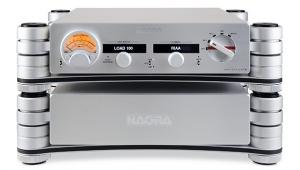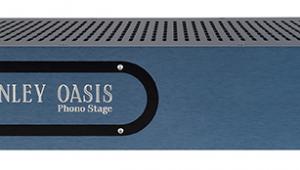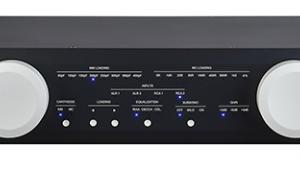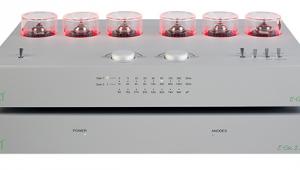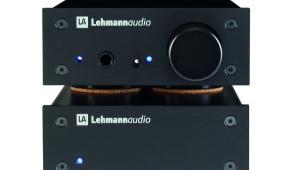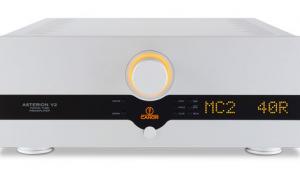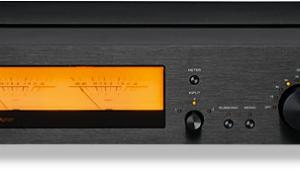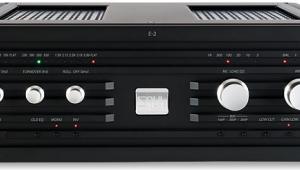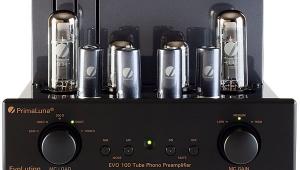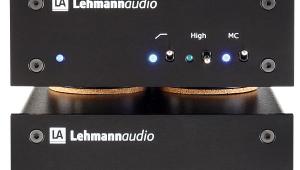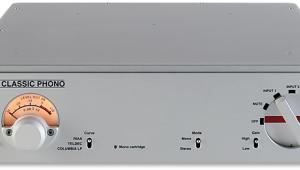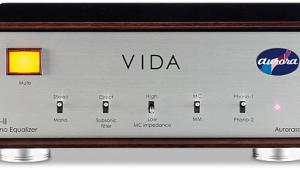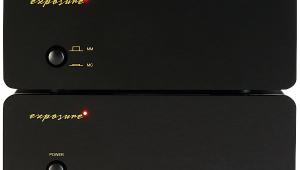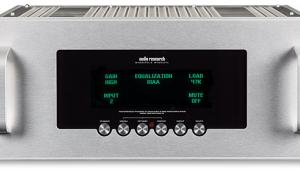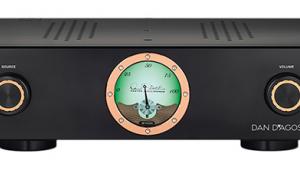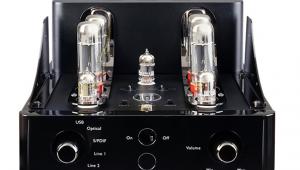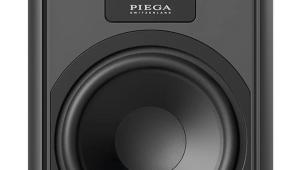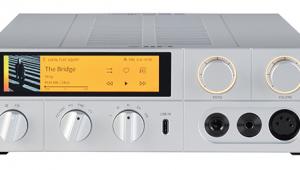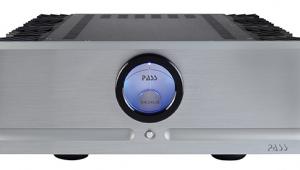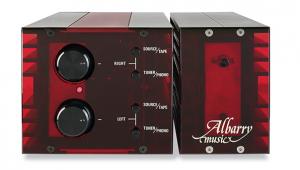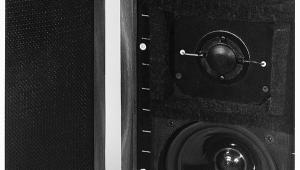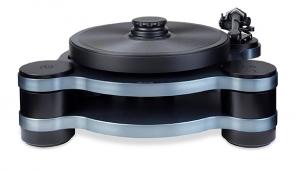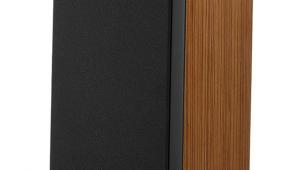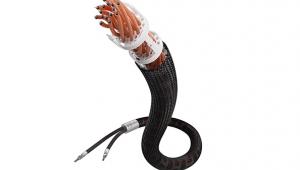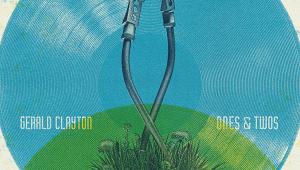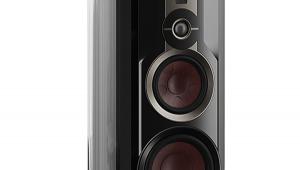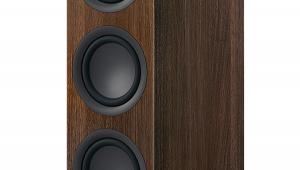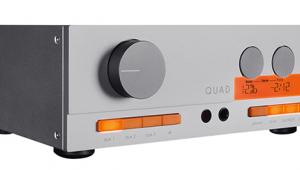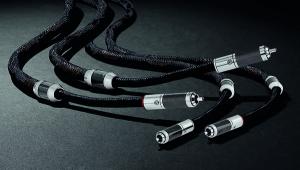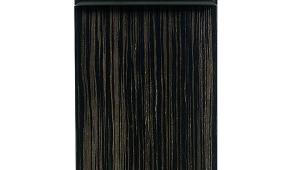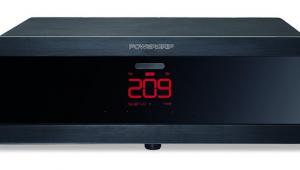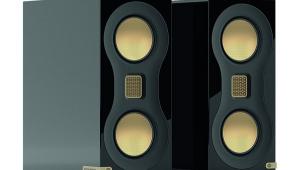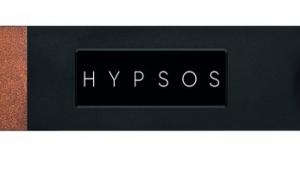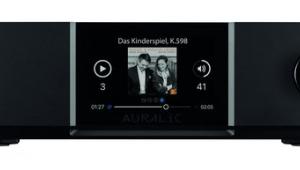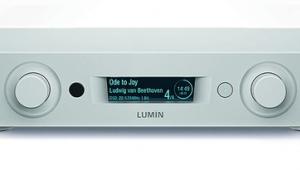EAT E-Glo 2 MM/MC tube phono preamplifier Max Headroom
Most MM pick-ups offer a 3-6mV output, and MCs some 10x less than this, at 1kHz/5cm/sec. However, while playing ‘real-life LPs’ all MM/MCs will deliver far higher outputs as they navigate the most highly modulated grooves. Ortofon’s 2M Red [HFN Oct ’08] will, for example, deliver peak outputs up to 50mV despite its 1kHz/5cm/sec output being measured at 6.5mV into 47kohm. Why is this important? Because any phono stage with insufficient input headroom will clip, causing a big increase in distortion that only gets amplified right down the hi-fi chain to the loudspeakers.
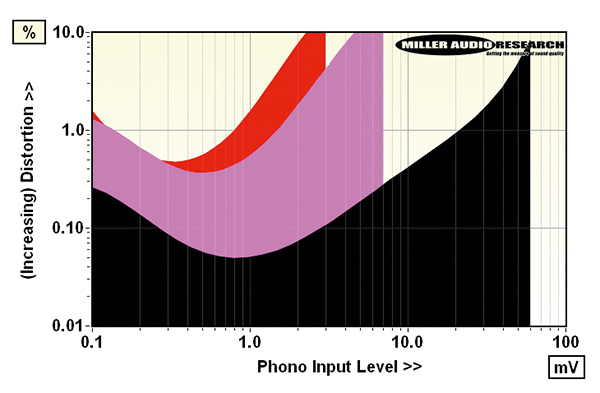
With its ‘split passive’ RIAA network soaking up a lot of gain, the EAT E-Glo 2’s input headroom is necessarily limited. Here, instead of a typical ~60mV limit for its ‘45dB’ MM input, the E-Glo 2 offers just 25mV headroom before distortion hits 1%. This is a +14dB ‘safety margin’ over the 5mV output of our hypothetical MM and about 5dB short of ideal. Fortunately, the E-Glo 2 offers the graceful clipping of an audiophile valve amp [see Lab Report] so the MM input [black trace, see Graph above], MC2 [pink] and MC1 [red] inputs all offer very similar trends in this regard. MM, as mentioned, reaches 1% distortion with a 25mV input, and with 1.5mV and just 780μV (0.78mV) for the MC2 and MC1 inputs, respectively. If we slacken our tolerance to 3% THD, then the input limits rise to 44mV, 2.5mV and 1.3mV, respectively. For best results choose low/medium output MM and MCs only, and defer to the MC2 rather than default MC1 input wherever possible. PM
